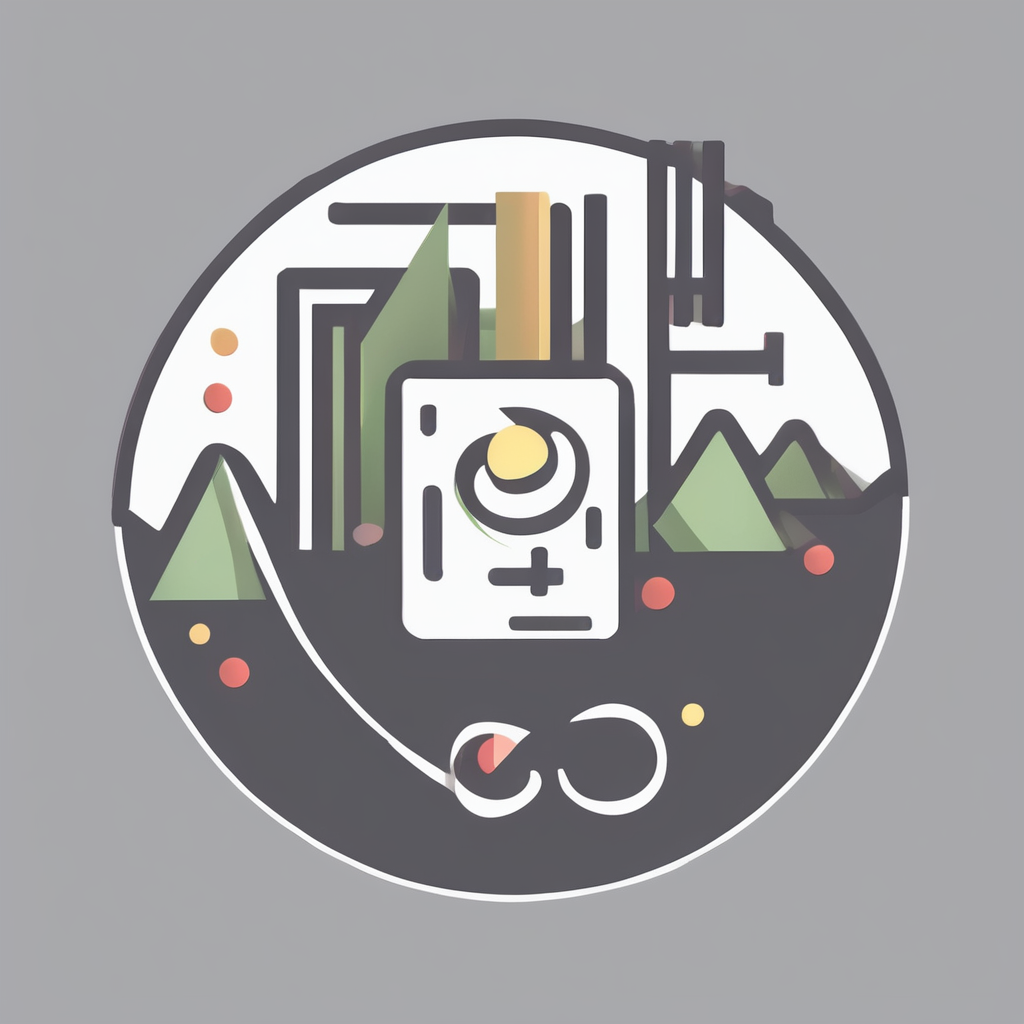Everyday Integration of IoT in UK Homes
Connected living through the Internet of Things in UK homes has become increasingly common. Typical smart home devices include smart meters, which provide real-time energy consumption data, helping households manage usage and cut costs. Smart thermostats adapt heating schedules according to user behaviour and weather, boosting home energy efficiency. Voice assistants like Amazon Alexa and Google Home simplify daily routines by controlling lights, appliances, and providing information instantly.
These smart home devices don’t just add convenience; they actively enhance efficiency. For instance, automated lighting and heating save energy while connected kitchen appliances can be remotely managed to streamline cooking. In addition, smart meters contribute to reducing carbon footprints by enabling more informed consumption choices.
Also read : How Are Digital Innovations Shaping the Future of Education in the UK?
The UK government supports this IoT adoption trend with initiatives promoting smart energy use and offering incentives for installing smart devices. Efforts also include awareness campaigns about the benefits of connected living, ensuring homeowners understand how IoT technology can improve daily life practically and sustainably. This synergy between tech and policy promotes widespread integration of IoT, making UK homes smarter and more efficient.
IoT Advancements in Urban Life and Smart Cities
The rise of smart cities UK showcases the transformative role of the Internet of Things (IoT) in urban environments. IoT urban solutions now aid public safety through smart CCTV systems that provide real-time surveillance, enhancing crime detection and prevention. Emergency alert systems connected to city networks ensure swift, targeted responses during crises, improving overall resilience.
Also read : How Are Digital Innovations Shaping the Future of Education in the UK?
Transportation management benefits significantly from IoT, with sensors and connected devices optimizing traffic flow, reducing congestion, and lowering emissions. Environmental monitoring tools track air quality and noise pollution, enabling cities to address health hazards proactively. For example, London’s smart infrastructure projects integrate IoT to create adaptive street lighting, dynamic public transport updates, and connected waste management, all contributing to efficient city operation and a better living experience.
These advancements illustrate how IoT urban solutions interlink various public services, driving smarter, safer, and more sustainable urban living. The integration of connected public services into city planning is vital for the ongoing modernization and ecological responsibility of UK urban centers. As smart cities evolve, the impact of IoT in improving quality of life becomes increasingly evident.
Impact of IoT on Healthcare in the UK
The Internet of Things in healthcare UK is revolutionizing patient care through connected health devices like wearables and home monitors. These devices continuously track vital signs such as heart rate, blood pressure, and glucose levels. Patients can share this data remotely with healthcare professionals, enabling early intervention when abnormalities arise. For example, someone with heart disease can receive real-time alerts, reducing emergency hospital visits.
The NHS benefits from IoT by improving resource management. Remote monitoring allows clinicians to prioritize care efficiently and reduce unnecessary appointments. This cuts down waiting times and eases pressure on hospital facilities.
Several UK case studies highlight IoT’s role in better health outcomes. In home care, IoT devices have helped elderly patients maintain independence while ensuring safety. Telemedicine platforms integrated with IoT enable doctors to conduct virtual consultations enhanced by live patient data.
The use of IoT healthcare UK solutions reflects a shift toward more connected, patient-centric care. It blends technology and medicine, offering practical benefits such as convenience, faster diagnosis, and personalized treatment plans. This integration supports the broader goal of modernizing healthcare and improving quality of life across Britain.
Benefits and Opportunities of IoT in Daily Life
The adoption of IoT in the UK brings numerous IoT benefits UK residents experience daily. One of the most tangible is enhanced efficiency and convenience. Smart home devices automate routine tasks, from adjusting lighting to managing energy use, which saves time and reduces bills. Connected appliances also enable unprecedented control—users can start washing machines or preheat ovens remotely, simplifying household chores.
Beyond convenience, IoT improves home safety and security. Devices such as smart cameras and sensors provide real-time alerts about unusual activity, protecting families and properties. This immediate feedback helps users act swiftly, reinforcing peace of mind.
Environmental sustainability is another key IoT positive impact. Smart meters and thermostats help households monitor and optimize energy consumption, lowering carbon emissions and supporting Britain’s climate goals. Cities employ IoT to manage waste and reduce pollution, showing how individual and community efforts align through technology.
In summary, IoT benefits UK users by boosting productivity, safety, and sustainability. This integrated approach not only simplifies life but also contributes to a greener, more secure living environment that can adapt to user needs.
Addressing Privacy, Security, and Ethical Concerns
The rapid growth of the Internet of Things in UK homes brings significant privacy concerns. Connected devices collect vast amounts of personal data, including daily routines and behavioural patterns. This raises questions about who has access to this information and how it is used. Privacy risks manifest when data is inadequately protected or shared without user consent, potentially leading to misuse or breaches.
To combat these challenges, the UK government enforces strict data protection regulations, such as the Data Protection Act 2018 aligned with GDPR. These frameworks mandate transparency in data handling, require robust security measures, and grant consumers rights over their data. IoT security UK initiatives focus on improving device encryption, secure authentication, and software updates to thwart cyber threats.
Consumers can also take practical steps to safeguard their smart homes, including regularly updating device firmware, using strong, unique passwords, and carefully managing permissions. Awareness of privacy policies and avoiding unsecured public networks helps minimize exposure. By combining regulatory efforts and user vigilance, the UK aims to balance innovation in connected living with essential protection of personal data and device security.








